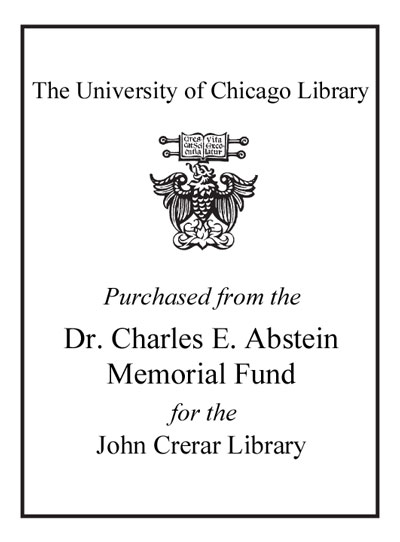Mathematics and 21st century biology /
Saved in:
| Imprint: | Washington, DC : National Academies Press, c2005. |
|---|---|
| Description: | xi, 149 p. : ill. ; 23 cm. |
| Language: | English |
| Subject: | |
| Format: | Print Book |
| URL for this record: | http://pi.lib.uchicago.edu/1001/cat/bib/5753233 |
Table of Contents:
- Executive Summary
- 1. The Nature of the Field
- Introduction
- The Mathematics-Biology Interface
- What Has Changed in Recent Years?
- What Makes Computational Biology Problems Hard?
- Factors Common to Successful Interactions Between the Mathematical Sciences and the Biosciences
- Preparing the Ground for Improved Synergies of Benefit to Both Fields
- Structure of This Report
- References
- 2. Historical Successes
- The Beginnings of Population Biology
- Inference of Gene Function by Homology
- Evolutionary Processes in Populations
- Modeling
- Medical and Biological Imaging
- Summary
- References
- 3. Understanding Molecules
- Introduction
- The Mathematics-Biology Connection
- Areas of Mathematical Applications for Molecules
- Sequence Analysis
- Structure Analysis
- Dynamics
- Interactions
- Future Directions
- References
- 4. Understanding Cells
- Introduction
- Exemplification of These Issues
- Cellular Structures
- Discovery of Cellular Networks and Their Functions
- From Networks to Cellular Functions
- From Cells to Tissues
- Data Integration
- Biological Considerations
- Future Directions
- References
- 5. Understanding Organisms
- Cardiac Physiology
- Circulatory Physiology
- Respiratory Physiology
- Information Processing
- Endocrine Physiology
- Morphogenesis and Pattern Formation
- Locomotion
- Cancer
- Delivery of Therapy to Target Tumor Cells
- Mechanisms of Drug Action
- Growth and Differentiation of Cell Populations
- Development of Resistance
- In Vivo Dynamics of the HIV-1 Infection
- Future Directions
- References
- 6. Understanding Populations
- Population Genetics
- Ecological Aspects of Populations
- A Synthesis of Ecology and Evolution
- References
- 7. Understanding Communities and Ecosystems
- Computation
- Future Directions
- References
- 8. Crosscutting Themes
- The "Small n, Large P" Problem
- Finding Patterns in Gene-Expression Data
- Supervised Learning
- Unsupervised Learning
- Analysis of Ordered Systems
- Applications of Hidden Markov Models to the Analysis of DNA, RNA, and Protein Sequences
- Profile HMMs
- HMMs in Gene Finding
- Applications of Monte Carlo Methods in Computational Biology
- Gibbs Sampling in Motif Finding
- Inference of Regulatory Networks
- Sampling Protein Conformations
- Lessons from Mathematical Themes of Current Import
- Processing of Low-Level Data
- Epilogue
- References


